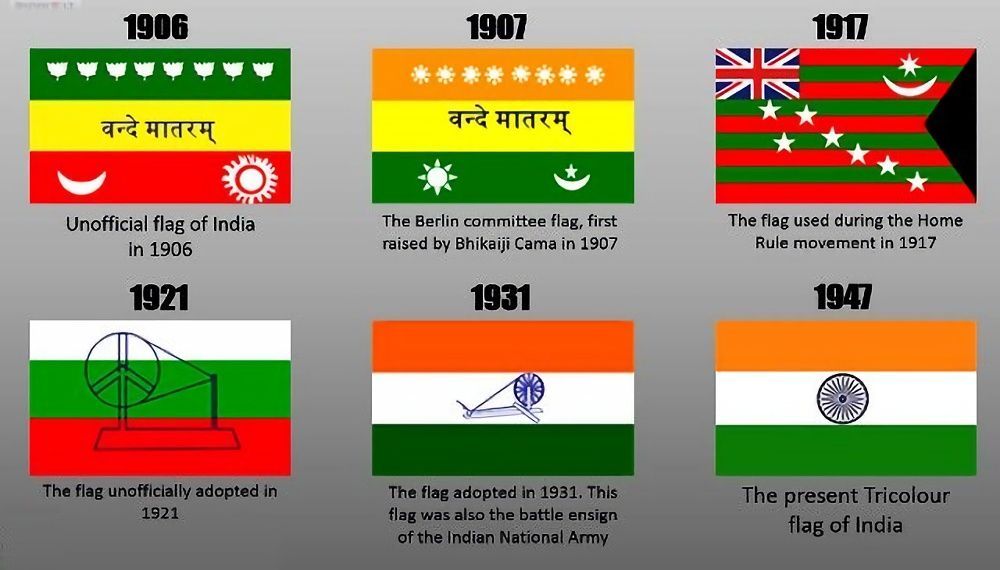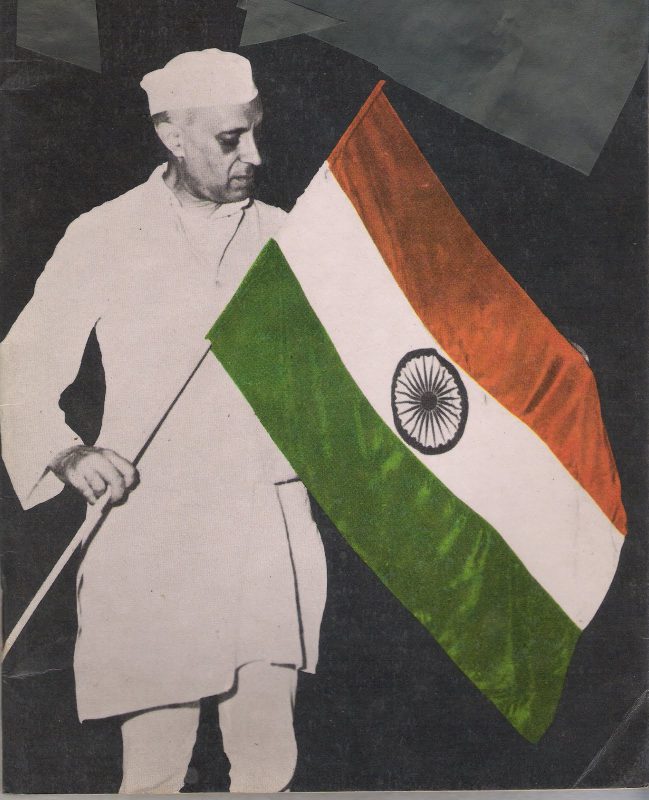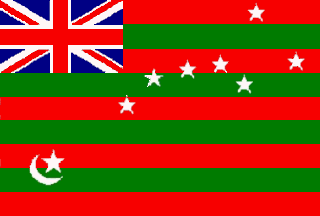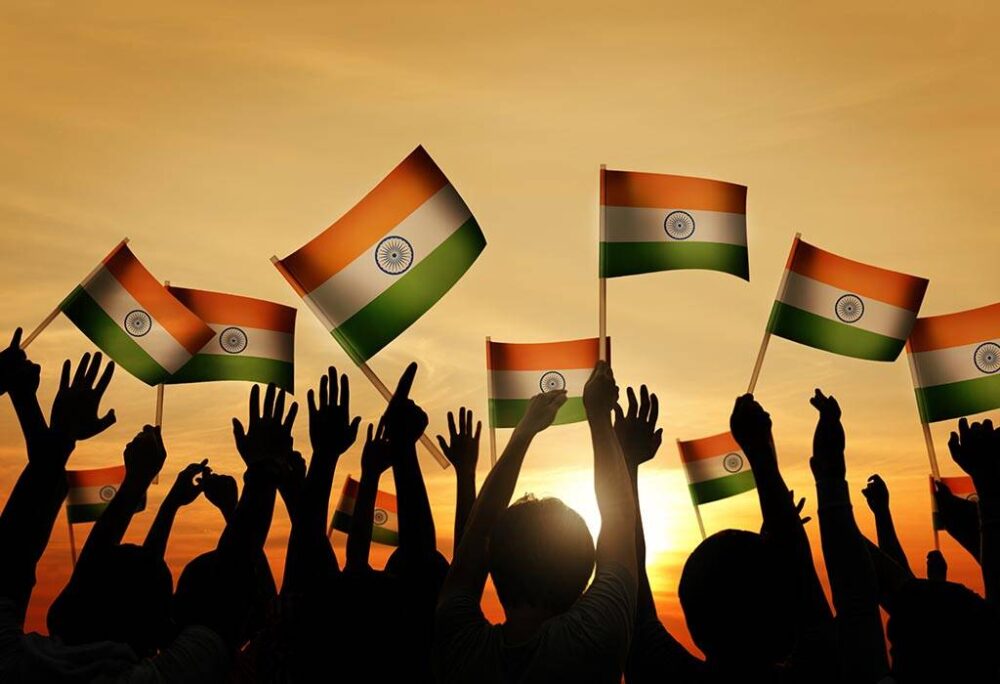Every free nation of the world has its own flag. The national flag is an Emblem of a free country. We have a national flag as a symbol of our nation, of our independence. the hardcore Independence that we earn by selling blood, by getting truest, yet coming out unbroken, in the league of the world. Not only just one but the flag of our country is made up of three colours: saffron, white, followed by Green. each of it representing different shades of our country. but the idea of having the current flag didn’t pop up for the very first time when the agenda of adopting a national flag for free India was set up.
The first national flag of India

The first national flag of India is said to have been hoisted on August 7, 1906, in Kolkata at Parsee Bagan Square (Green Park). It was said to be designed by Nun Nivedita, who was an arrest discipline of Swami Vivekananda between 1904 to 1906. Like our current national flag it too was composed of three horizontal strips but of different colours: red, yellow and green, with Vande Mataram written in the middle of it. On the Red and Green stripes, some symbols were made believed to be designed by freedom activists Sachindra Prasad Bose and Hemchandra Kanungo. the red strip heart symbols of the sun and crescent moon while the green strip had eight half-open lotuses. The next year that is in 1907 coma the same flag which represented India was hosted by Madame Cama and a group of exiled revolutionaries in Germany – this was the first Indian flag to be hoisted in a foreign land.
The next flag which came out to represent India on its behalf was adopted by doctor Annie Basant and Lokmanya Tilak in 1917 as a part of the Home Rule movement. The flag had 5 alternate red and 4 green stripes which were horizontal and Seven Stars in “saptarishi” configuration with a white crescent. A star occupied one top corner and the other had a union jack.

The flag which we host with pride and get Goosebumps as soon as it gets displayed in front of us, and represent our country in front of the world, the Tiranga, is reported to be designed by Pengali Venkayya, an Indian freedom fighter who met Gandhiji for the first time in South Africa when he was posted there as a part of the British Indian Army during 1899-1890. The Tiranga is a product of years of research. Pengali even published a book with possible designs of Indian flags in 1916. At the All India Congress Committee in Bezwada in 1921, Venkayya again met Gandhi and proposed a basic design of the flag, consisting of two red and green bands to symbolise the two major communities, Hindus and Muslims. Gandhi arguably suggested adding a white band to represent peace and the rest of the communities living in India, and a spinning wheel to symbolise the progress of the country.

Several changes continued to be made till a decade later when in 1931 the Congress Committee met in Karachi and adopted the tricolour as our national flag. Red was replaced with saffron and the order of the colours was changed. The flag was to have no religious interpretation. On July 22, 1947, when members of the Constituent Assembly of India met in the Constitution Hall in Delhi, the first item on the agenda was reportedly a motion by Pandit Jawaharlal Nehru, about adopting a national flag for free India.
It was proposed that “the National Flag of India shall be horizontal tricolour of deep saffron (Kesari), white and dark green in equal proportion.” The white band was to have a wheel in navy blue (the charkha being replaced by the chakra), which appears on the abacus of the Sarnath Lion Capital of Ashoka.
[zombify_post]










